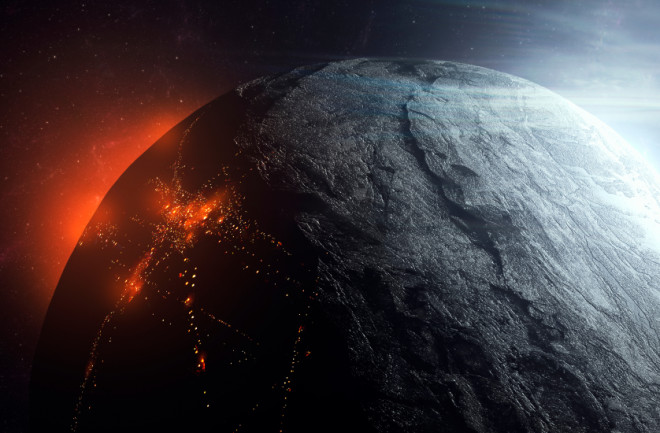Some mass extinctions unfold like a sloppy murder, leaving clear fingerprints for the keen investigator to uncover. (Asteroids are no masters of subtlety.) The Late Ordovician mass extinction, the oldest of all and the second most lethal, isn’t one of them. Though there is a standard explanation for this granddaddy of death — involving an ancient ice age — the evidence is cryptic enough that experts are still submitting new theories for how 85 percent of all marine species suddenly sank into oblivion.
The planet’s first death knell sounded 444 million years ago, near the end of the Ordovician Period.* Simple forms of life — mainly bacteria and archaea — had already flourished for 3 billion years. Complex life, on the other hand, had only just hit its stride.
In the sequence of geologic time, the Ordivician follows the Cambrian Period, well-known for the evolutionary "explosion" of the same name that populated the world with nearly all the modern animal phyla — the major branches we now see in the tree of life. The ranks of vertebrates, mollusks, arthropods and other broad taxonomic groups still familiar to us today were growing and diversifying at an extraordinary rate — until their abrupt downfall, that is.

